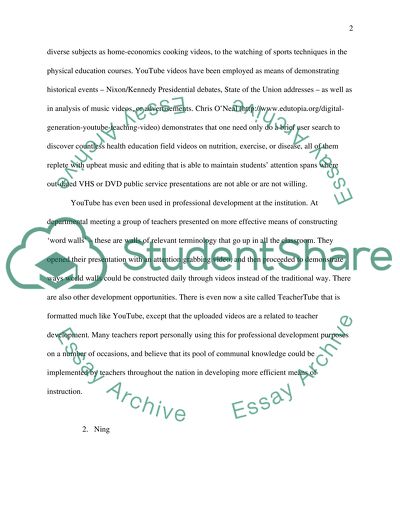Cite this document
(“Infusing Technology in the Classroom Essay Example | Topics and Well Written Essays - 1500 words”, n.d.)
Infusing Technology in the Classroom Essay Example | Topics and Well Written Essays - 1500 words. Retrieved from https://studentshare.org/education/1568390-infusing-technology-in-the-classroom
Infusing Technology in the Classroom Essay Example | Topics and Well Written Essays - 1500 words. Retrieved from https://studentshare.org/education/1568390-infusing-technology-in-the-classroom
(Infusing Technology in the Classroom Essay Example | Topics and Well Written Essays - 1500 Words)
Infusing Technology in the Classroom Essay Example | Topics and Well Written Essays - 1500 Words. https://studentshare.org/education/1568390-infusing-technology-in-the-classroom.
Infusing Technology in the Classroom Essay Example | Topics and Well Written Essays - 1500 Words. https://studentshare.org/education/1568390-infusing-technology-in-the-classroom.
“Infusing Technology in the Classroom Essay Example | Topics and Well Written Essays - 1500 Words”, n.d. https://studentshare.org/education/1568390-infusing-technology-in-the-classroom.


